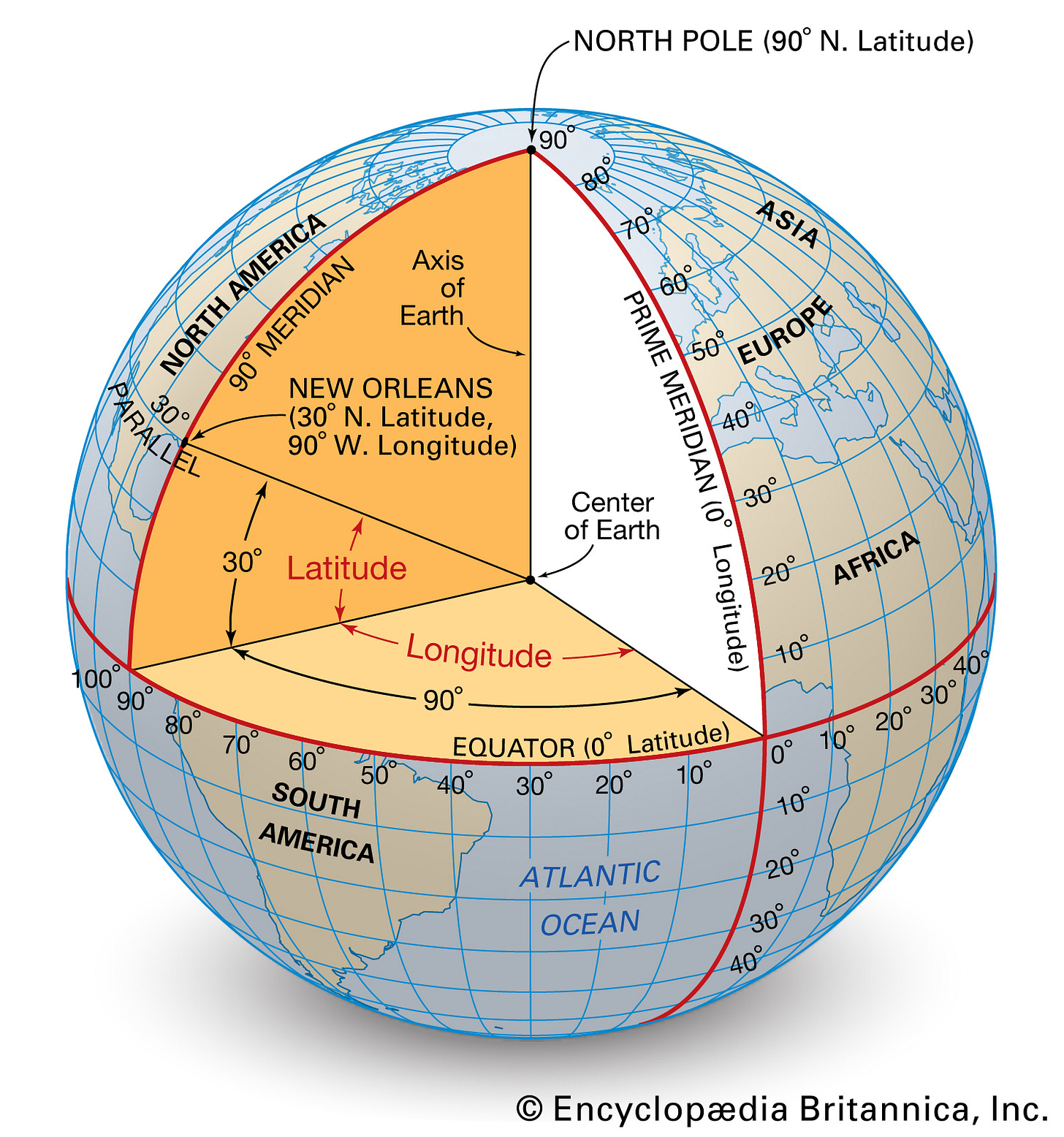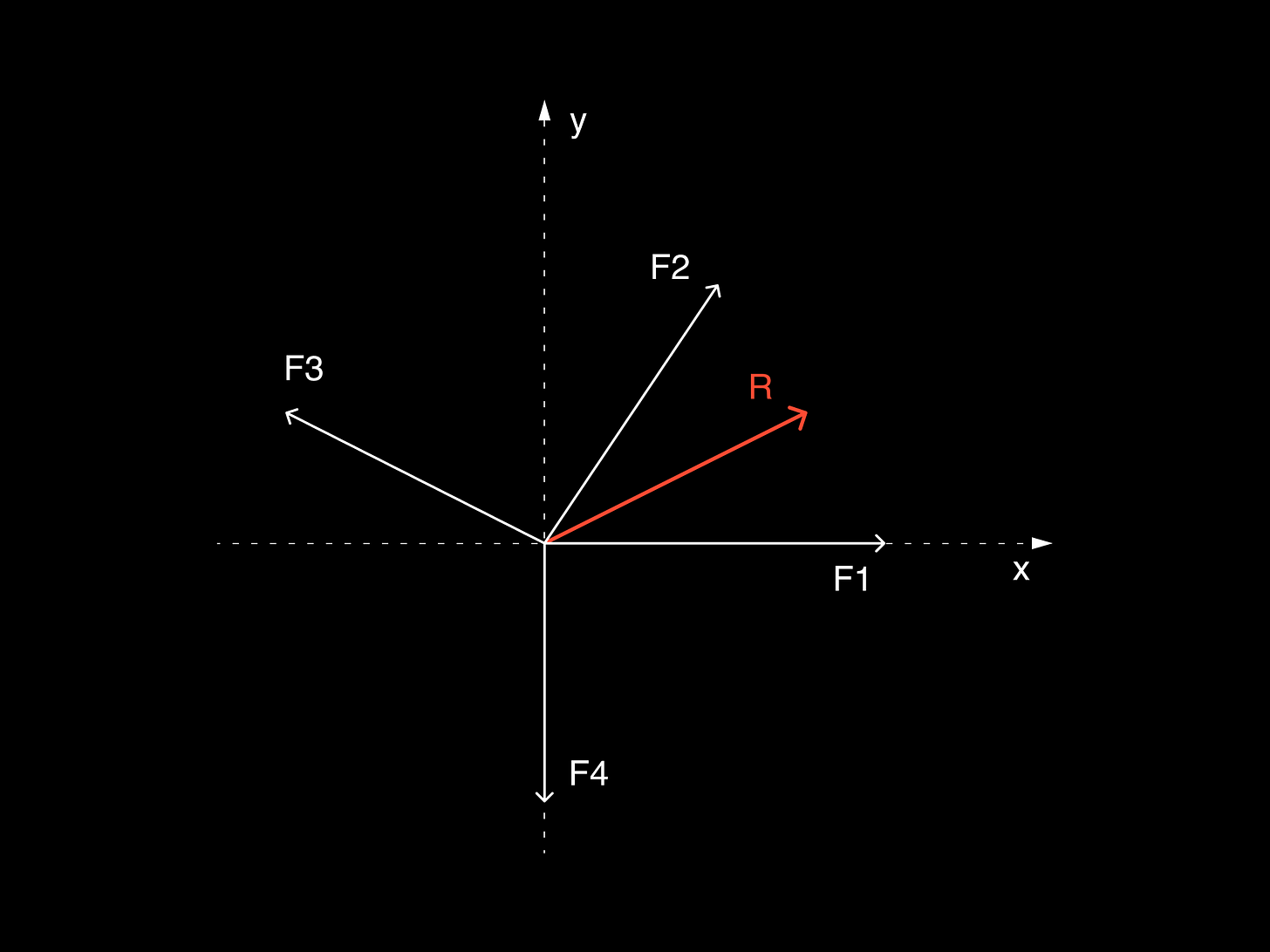#015 - PM Lessons by Meituan Co-Founder - Pt 13: Strategy for Product - STP: Segmenting
5 mins read - Segmenting: coordinate system, dimensions, altitude
👋 Hi! I’m Tao. As I learn about building products & startups, I collected some of the best content on these topics shared by successful Chinese entrepreneurs. I translate and share them in this newsletter. If you like more of this, please subscribe and help spread the word!
Let’s get you up to speed:
Wang Huiwen is the co-founder of Meituan, who recently retired at age 42 with an estimated net worth of >US$2B. He opened a Product Management course at Tsinghua University in September 2020. This article and others in this PM series are my translation and edits based on a compilation of the content of his course shared online. You can see other articles in this series here.
STP (Segmenting, Targeting, Positioning)
S is to divide the market into many segments, T is to select one of the segments as the target market, and P is to form the cognitive connection between the market (demand) and the product (supply).
The simplicity of the theory may cause you to dismiss it, but don't adopt the mindset only complex theories that you don't quite fully understand are useful.
If you apply the STP framework effectively, it can improve your chance of finding PMF significantly.
(Note: The first component of Superhuman's engine to find PMF is segmenting; in fact, they segmented multiple times.)
Segmenting
Coordinate System
In segmenting the market, first of all, we need to choose the correct coordinate system (aka frame of reference). The difficulties associated with many tasks have to do with choosing the wrong coordinate system.
For example, if we were to describe where a person is located, we use longitude and latitude. The latitude and longitude of a point on Earth's surface are based on the spherical coordinate system. (used to describe a position in 3D space).
The coordinate system that most people remember from studying geometry is the Cartesian coordinate system. Why latitude and longitude are better is because they can reduce the numbers needed to describe a position of a point in 3D space from 3 to 2.
Moreover, the longitude is related to time and the latitude is related to temperature and climate. Now, these two numbers are no longer just pure mathematical concepts, they're inextricably linked to our everyday life.
When we analyze a business and don't quite get it, what we can do is change the coordinate system.
Dimensions
In creating our coordinate system, we can consider many dimensions. The elements included in the coordinate system will fundamentally affect your views on the product, business, and industry.
For example, in the retail industry, one of the most important elements is a consumer's disposable income. Another is one's disposable time. Location is an important one as well, but the amount of disposable time affects the consumer's perception of distance.
One company's positioning for itself is "Women, married well or divorced well." (Note: I can't find which company). You probably get it - female, high disposable income, high disposable time. If it were "Women, work well", it would mean they have money but don't have time, so their consumption pattern would be efficiency-based.
The product that's needed by a woman with both time and money will be very different from one meant for someone who's efficiency-focused. For those with time and money, you can design your mall/store/app like a maze, and that's fine. (as long as there's a rewarding "Hey, look over here"). But for those who are efficiency-focused, if they can't get what they want in a short amount of time, they'll quickly become frustrated.
As we'll cover in the 4Ps theory later, it's very hard to satisfy all needs of different customers, and it's very hard to have one product suitable for everyone's needs. For that, we have to use segmentation to describe different markets. Be careful not to select too many elements lest we end up with too narrow a segment that we can't even analyze.
I'll borrow a concept from the book, the Pyramid Principle - Mutually Exclusive, Collectively Exhaustive (MECE). That's the language for liberal arts majors. For STEM majors, it's vector decomposition.
(Note: I never imagined that I need to revise my math when learning about business/product. As a refresher, as a physics student, I understand it as the resolution of forces (via vector projection). When you have multiple forces acting in different directions on an object, the resultant force that causes movement/acceleration is obtained by decomposing the forces into their x- and y-components; perpendicular components have no effect on each other, parallel components add up/balance out. The physics and why it works.)
In fact, if you've chosen the correct elements to analyze, then the results would often present themselves. Wang Xing likes to say:
"If you had analyzed well enough, then the decision would present itself. If you face a tough decision, it's probably because your analysis is not good enough - you haven't looked from the right dimension or at the right level of granularity, so it's a tough decision left and right."
(Note: As we can see from the Superhuman example, they've chosen the right dimension - a leading indicator and a metric, i.e. "how disappointed". And they looked at the right level of granularity - personas, high expectation customer, features such as speed and mobile app.)
Altitude
Change another perspective, think bigger in terms of segmentation.
If you look at the market from a high enough altitude, then PCs and business computers are in the same market. (He’ll cover this with IBM as an example.) DingTalk and WeChat are also in the same market. Your view on whether X belongs to this market depends on how big you think you want to go with the product.
After WeChat came out, Alibaba made a messaging app called Laiwang (“Come and go“) to compete with WeChat. They invested heavily but still failed. Social networks/instant messengers go by exponential network effects, therefore, it's useless to copy WeChat directly.
Instead, what Alibaba should have done is to use one of Porter's Generic Strategies - Differentiation. Laiwang was an undifferentiated also-ran.
Fortunately, one of their product managers realized that and suggested making a completely differentiated product - DingTalk was born.
DingTalk is still a communication software, but it segmented very well and filled a gap in the market. (i.e. business communication, essentially Slack). DingTalk is currently leading in the business communication category. Of course, the jury is still out whether WeCom (WeChat Work) can catch up.
As you can see, for segmenting, sometimes you don't have to cut many times. If you've chosen the right dimension, one cut is enough.
[Note: If the point is not explicit enough, consider the underlying need - communication (personal or business), and the link between social networks and instant messengers. In explaining the rationale of investing in Slack in their Series A, Chamath Palihapitiya of Social Capital attributed it all to “inter-company edges“ (and implied network effects), which Slack is currently realizing with Slack Connect.]
Find the article insightful? Please subscribe to receive more learnings from Chinese Internet companies and I’d appreciate it if you can leave a comment or help spread the word!










Great writeup! (as always). Are there any books or other forms of content you'd recommend that are focused on segmentation?